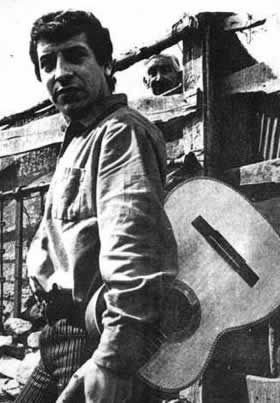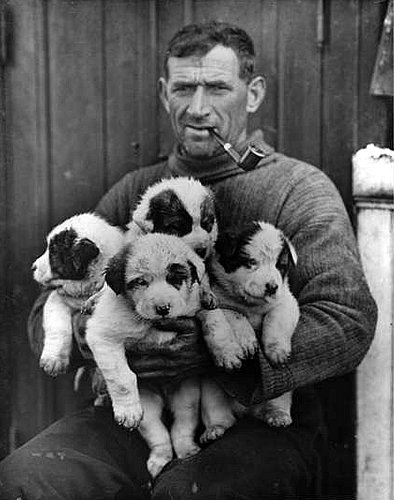
Irena Sendler (née Krzyżanowska, in Poland commonly referred to as Irena Sendlerowa, 15 February 1910 – 12 May 2008) was a Polish Catholic social worker who served in the Polish Underground and the Żegota resistance organization in German-occupied Warsaw during World War II. Assisted by some two dozen other Żegota members, Sendler saved 2,500 Jewish children by smuggling them out of the Warsaw Ghetto, providing them with false documents, and sheltering them in individual and group children's homes outside the Ghetto.
In December 1942, the newly created Żegota (the Council to Aid Jews) nominated her (by her cover name Jolanta) to head its children's section. As an employee of the Social Welfare Department, she had a special permit to enter the Warsaw Ghetto to check for signs of typhus, something the Nazis feared would spread beyond the Ghetto. During these visits, she wore a Star of David as a sign of solidarity with the Jewish people and so as not to call attention to herself.
She cooperated with the Children's Section of the Municipal Administration, linked with the RGO (Central Welfare Council), a Polish relief organization that was tolerated under German supervision. She organized the smuggling of Jewish children out of the Ghetto, carrying them out in boxes, suitcases and trolleys. Under the pretext of conducting inspections of sanitary conditions during a typhoid outbreak, Sendler visited the Ghetto and smuggled out babies and small children in ambulances and trams, sometimes disguising them as packages. She also used the old courthouse at the edge of the Warsaw Ghetto (still standing) as one of the main routes for smuggling out children.
The children were placed with Polish families, the Warsaw orphanage of the Sisters of the Family of Mary, or Roman Catholic convents such as the Little Sister Servants of the Blessed Virgin Mary Conceived Immaculate at Turkowice and Chotomów. Some children were smuggled to priests in parish rectories. She buried lists of their real names in jars in order to keep track of their original and new identities. Żegota assured the children that, when the war was over, they would be returned to Jewish relatives.
In 1943, Sendler was arrested by the Gestapo, severely tortured, and sentenced to death. Żegota saved her by bribing German guards on the way to her execution. She was left in the woods, unconscious and with broken arms and legs. She was listed on public bulletin boards as among those executed. For the remainder of the war, she lived in hiding, but continued her work for the Jewish children. After the war, she dug up jars containing the 2,500 children's identities and attempted to find the children and return them to their parents. However, almost all of their parents had been killed at the Treblinka extermination camp or had gone missing otherwise.
http://en.wikipedia.org/wiki/Leonid_Rogozov

From September 1960 until October 1962, Rogozov worked in Antarctica, including his role as the sole doctor in a team of thirteen researchers at the Novolazarevskaya Station, which was established in January 1961.
On the morning of 29 April 1961, Rogozov experienced general weakness, nausea, and moderate fever, and later pain in the upper right portion of the abdomen. All possible conservative treatment measures did not help. By 30 April signs of localised peritonitis became apparent, and his condition worsened considerably by the evening. Mirny, the nearest Soviet research station, was more than 1,000 miles from Novolazarevskaya. Antarctic research stations of other countries did not have an aircraft. Severe blizzard conditions prevented aircraft landing in any case. Rogozov had no option but to perform the operation on himself.
The operation started at about 22:00 on 30 April with the help of a driver and meteorologist, who were providing instruments and holding a mirror to observe areas not directly visible, while Rogozov was in a semi-reclining position, half-turned to his left side. A solution of 0.5% novocaine was used for local anaesthesia of the abdominal wall. Rogozov made a 10-12 cm incision and proceeded to expose the appendix. General weakness and nausea developed about 30–40 minutes after the start of the operation, so that short pauses for rest were repeatedly needed after that. According to his report the appendix was found to have a 2x2 cm perforation at its base. Antibiotics were administered directly into the peritoneal cavity. By about midnight the operation was complete.
After a brief period of postoperative weakness, the signs of peritonitis disappeared. Rogozov's temperature returned to normal after five days, and the stitches were removed seven days after the operation. He resumed his normal duties in about two weeks. The self-surgery captured the imagination of the Soviet public at the time. In 1961 he was awarded the Order of the Red Banner of Labour.





